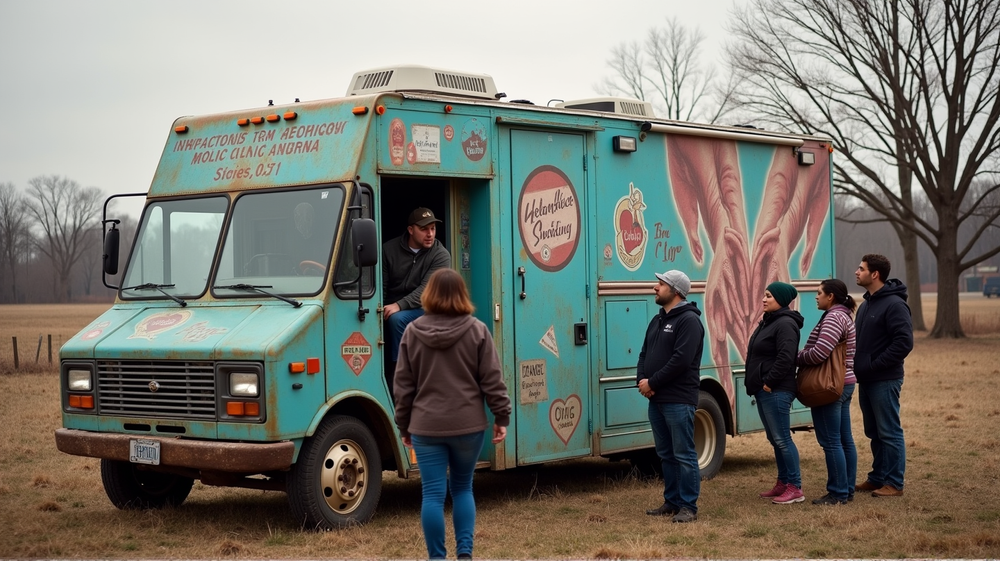Kentucky finds itself at a critical juncture, with upcoming Medicaid cuts threatening to reshape the health landscape, especially in rural communities. As billions in federal cuts loom, providers are racing against time to innovate, ensuring continued health access for all Kentuckians. With a robust discussion centered around mobile health solutions, the state seeks to turn adversity into an opportunity, keeping the pulse of care alive.
A Mobile Health Revolution
In the heart of Louisville, the Mobile Healthcare Association’s national conference buzzed with ideas and strategies for expanding mobile clinics. These clinics promise to serve as a lifeline for those in remote areas most likely to face the brunt of Medicaid reductions. Byron Gabbard of Appalachian Regional Healthcare (ARH) sees mobile clinics not just as a rescue strategy, but as an essential evolution in providing care. “One Big Beautiful Bill”, slated for 2027, drives the urgency for this transformation.
Learning from the Past
Mobile clinics rooted in resilience have been pivotal post-pandemic and during natural disasters. ARH, leveraging a $400,000 grant, exemplifies this by launching its first mobile clinic. Elizabeth Wallace of the Mobile Healthcare Association believes such expansions will alleviate pressures on hospitals by promoting early interventions. According to Louisville Public Media, this strategic pivot reflects a proactive stance in battling systemic challenges.
Government and Community: Hand in Hand
The specter of Medicaid cuts is expected to leave over 210,000 Kentuckians uninsured, placing immense pressure on hospitals. Lt. Gov. Jacqueline Coleman’s personal story, and her visible concern, highlight the stakes at hand - ensuring that geography doesn’t dictate one’s access to life-saving screenings. The Rural Health Transformation Program embodies a glimmer of hope, with its promise of $50 billion to soften the fiscal blow and amplify mobile health’s reach.
Bridging Gaps Creatively
Small clinics, particularly those recovering from 2022’s floods, look to mobile units to maintain services. Gabbard highlights the impracticality of relying solely on traditional clinics, advocating instead for mobile solutions to traverse Kentucky’s healthcare deserts. The cost of modernizing outdated equipment is daunting, yet mobile units emerge as a cost-effective bridge to bring advanced diagnostics closer to those in need.
Looking Ahead
As Kentucky prepares to embrace the future of healthcare delivery, mobile clinics stand ready to fulfill unmet needs. Though the road ahead is fraught with financial hurdles, the potential for innovation is boundless. “To be able to stand up bricks-and-mortar clinics in all the places that we need them is just unreasonable and unsustainable,” asserts Gabbard, reflecting the growing consensus that flexibility and adaptability will be key to continuity in care.
As residents and decision-makers rally, they’re armed with creativity and a commitment to reimagining Kentucky’s health landscape, ensuring that even in the face of funding challenges, care remains within reach for everyone, everywhere.












